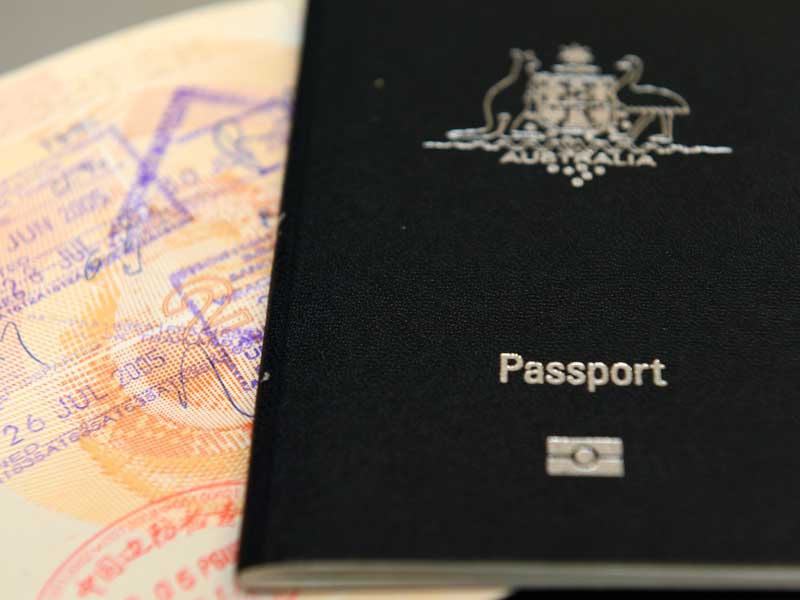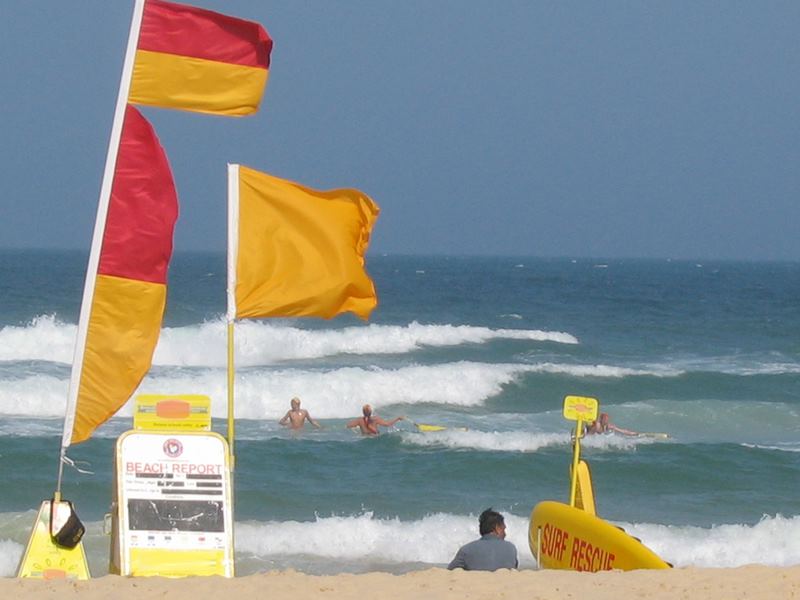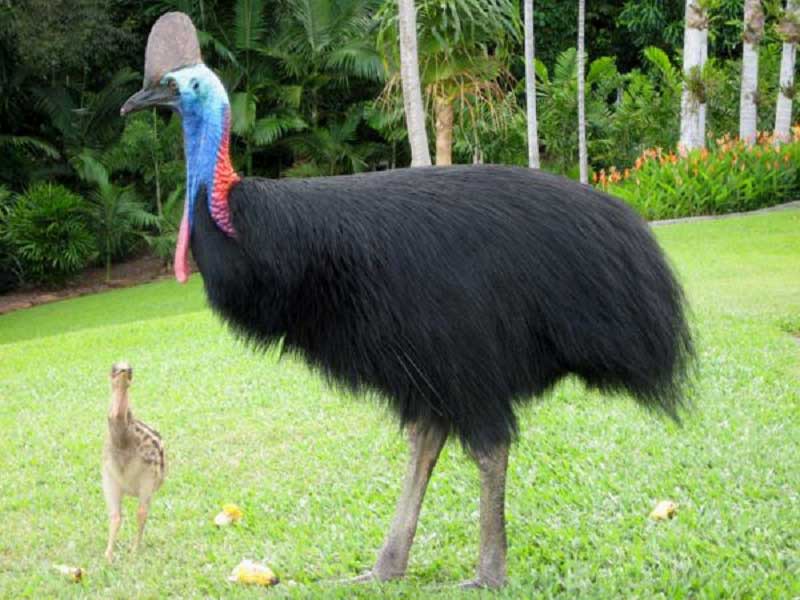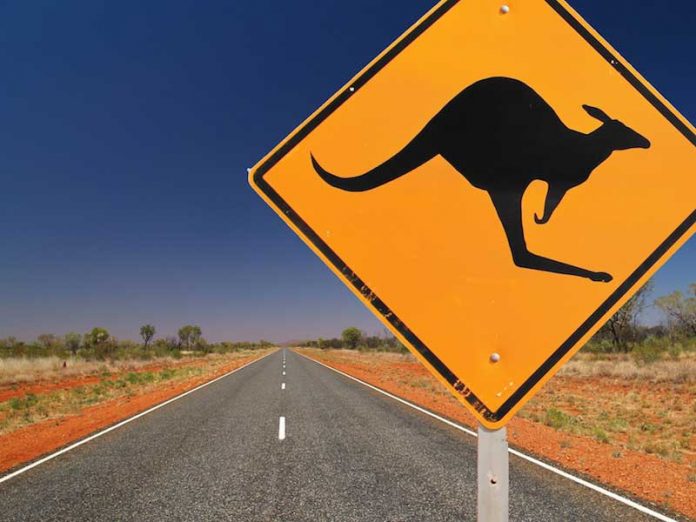Travel Tips To Australia
‘Redback, funnel-web, blue-ringed octopus… Come to Australia, you might accidentally get killed.’ It might be just a light-hearted ditty from iconic Australian comedy duo The Scared Weird Little Guys, but the truth is, the Lucky Country can have its drawbacks. The trick is to know what to expect before you arrive.
If you are thinking about visiting Australia – or any country in the world for that matter – it is important to find out as much as you can about your destination. The last thing you want is to walk out of the airport and be hit by a car traveling on the wrong side of the road!
Every nation has its own unique nuances which can often lead to amusing miscommunication. Here are some rules for getting by in Australia without being kicked out, maimed or, worst of all, laughed at.
1. Get a Visa:

Australia is an island which means there will be no sneaky walking over borders. The only way to enter is by airplane or boat. The best way to ensure a quick and easy entry to Australia is to apply for a legal visa before you arrive. The range of visas available is quite large, catering for everyone from long-term working residents to working holiday backpackers to those here on a short trip. Whilst you may be up to the simple task of applying for a tourist visa online, temporary residence visas can be a bit more tricky. Luckily there are migration agents on stand-by to assist you with the visa process.
2. To the Left, To the Left:
Australian road laws dictate that drivers must travel on the left side of the road. This may not seem unusual to drivers from countries in the Pacific region, but for visitors from North America and Europe, it can be quite disconcerting.
3. Swim Between the Flags:

Renowned for its warm climate and wide, sweeping beaches, Australia is one of the most beautiful places in the world for swimming. However, there are also many dangers in the water. Sadly, tourists account for a large percentage of the people drowning in Australian waters. Whilst Australian children grow up learning about rips, sharks, drops in the ground level, foreigners may not be familiar with these dangers. As long as you swim between the flags on beaches patrolled by surf lifesavers, you should minimize the risks associated with Australian open waters.
4. Appearances Can Be Deceiving:

It is hard to believe that the koala could be anything but cute and cuddly but don’t be fooled. There are many Australian animals that seem much more demure than they actually are. Koalas, kangaroos, and wombats are all wild animals and will attack if they feel threatened. Many zoos and fauna parks throughout Australia will provide petting areas for visitors to get up close and personal with native animals but it is not recommended that you approach them in the wild. Other animals to keep a distance from are: snakes, sharks, sea jellies (jellyfish), crocodiles, spiders, wasps, sting rays and some fish.
5. Colloquialism:
The Australian accent is one-of-a-kind and the slang can be difficult to understand, even for visitors who speak English! There have even been Australian slang dictionaries created online to assist interpretation One of the most frequent language barriers occurs when an Australian asks a tourist “How’s it going?” Don’t be afraid, all they mean is “How are you?”
If you are considering visiting Australia, there are resources available to assist your move. Computer software can help you to choose accommodation, banks, schools, child care centers and any other service you may need before you even touch down











